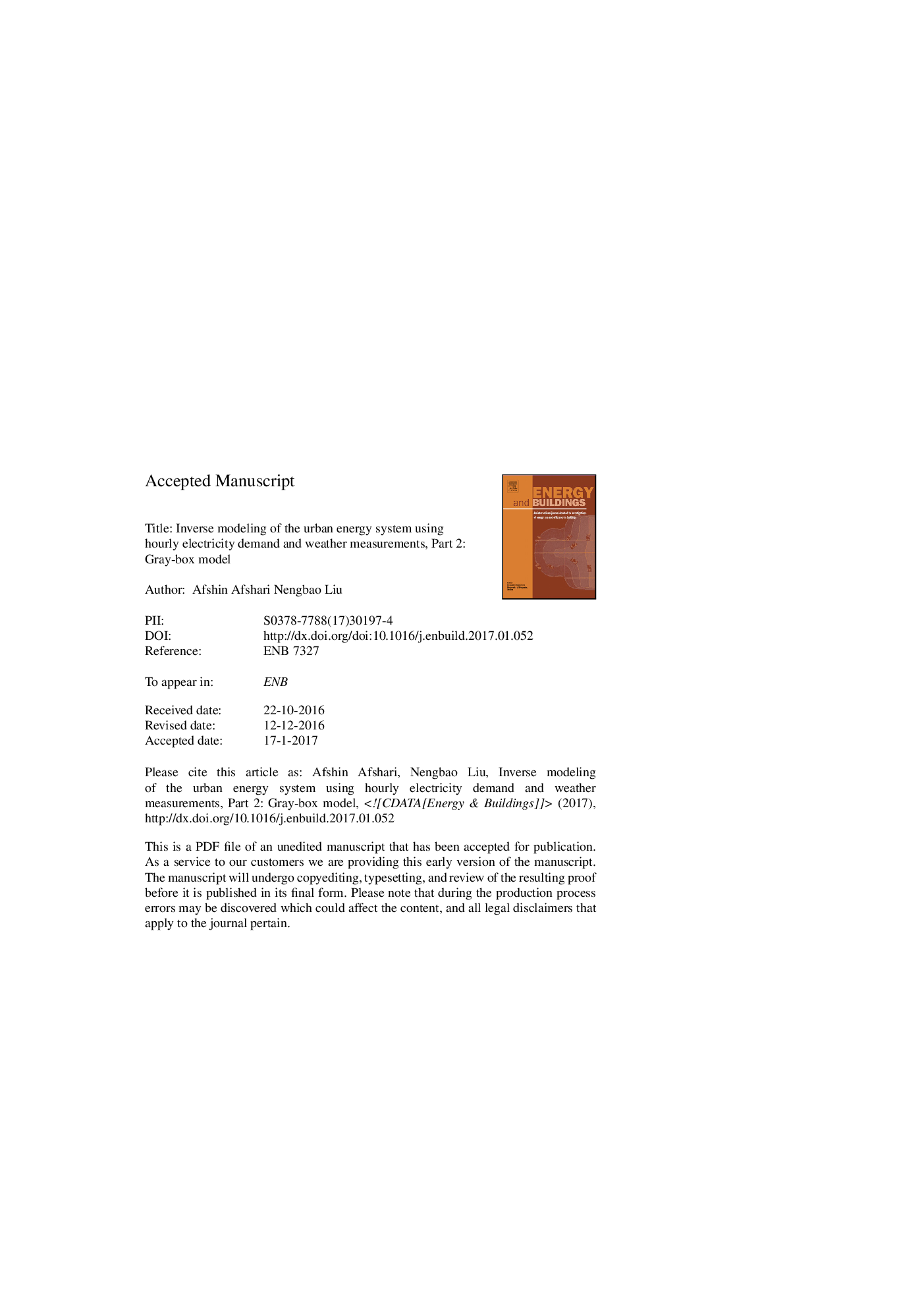| Article ID | Journal | Published Year | Pages | File Type |
|---|---|---|---|---|
| 6729427 | Energy and Buildings | 2017 | 33 Pages |
Abstract
The interpretation of the energetic signature of a city, taken as an integrated urban energy system, has been attempted in this study. Instead of the customary bottom-up approach, we successfully identified an average gray-box dynamic model by inversion of measured hourly system load and weather data. The third-order lumped-parameter thermal network model is derived by applying energy conservation principles to major nodes representing buildings, paved surfaces and urban canopy. This powerful data-driven approach offers deep insights into the thermo-physical properties of the built structures as well as the coupling of buildings and the urban microclimate. In particular, the Urban Heat Island (UHI) intensity has been determined to be close to 2 °C while the corresponding electricity cooling load penalty is 12%.
Keywords
Related Topics
Physical Sciences and Engineering
Energy
Renewable Energy, Sustainability and the Environment
Authors
Afshin Afshari, Nengbao Liu,
